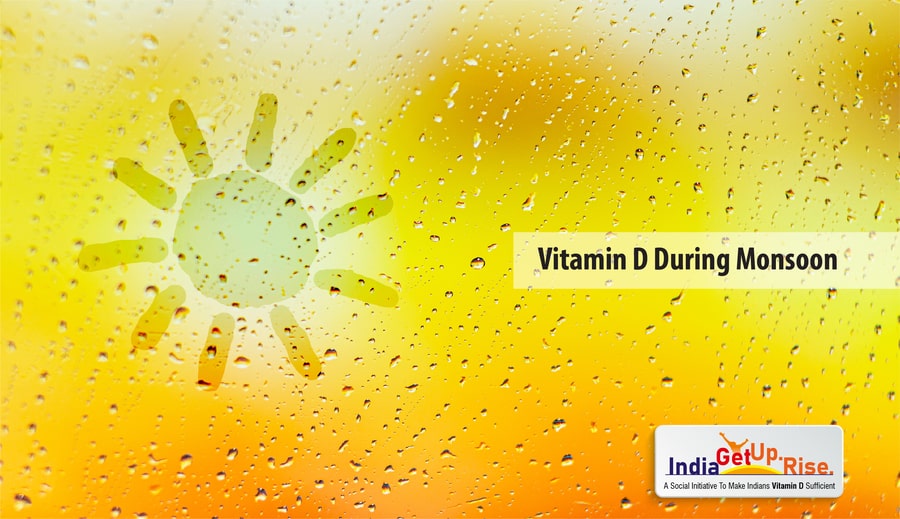Rainfall during the monsoon season offers a refreshing and cooling effect, but it also brings along an increase in infectious diseases. Some common examples of such diseases include fungal infections, asthma, allergies, and illnesses transmitted by mosquitoes. To effectively combat these infections, it is crucial to have a strong and robust immune system. In order for immune cells to function optimally, it is necessary to consume an adequate amount of micronutrients. Among these, Vitamin D plays a significant role in enhancing the immune system and reducing the severity and risk of infections.

Vitamin D is a unique nutrient because it can be obtained both through dietary sources and through synthesis in our bodies. It is a fat-soluble vitamin that aids in the absorption and retention of calcium and phosphorus, essential for maintaining healthy bones and teeth. The most effective natural source of vitamin D is UVB radiation from the sun. When UVB rays interact with a compound called 7-dehydrocholesterol present in the skin, vitamin D synthesis occurs. The ideal wavelengths for this synthesis range between 270 and 300 nanometers (nm), typically present when the UV index exceeds 3. During the summer season, when the UV index is 3 or higher, most individuals can maintain adequate vitamin D levels by spending time outdoors on most days of the week.

In addition to sunlight, fortified foods and supplements can serve as alternative sources for obtaining the recommended amount of vitamin D. Fatty fish like salmon, mackerel, and sardines are excellent natural sources of vitamin D. Other dietary sources include egg yolks, red meat, liver, orange juice, fortified milk, cheese, cereals, plant milks, fat spreads, and mushrooms. However, it is important to consult a certified physician before relying solely on supplements or fortified foods.
The Recommended Dietary Allowance for vitamin D intake is 600 International Units (IU) or 15 micrograms (mcg) per day for both men and women. For individuals above 70 years of age, the recommended intake increases to 800 IU (20 mcg) per day. It is advisable to consult with your family physician and consider taking a vitamin D test to determine your current levels and address any potential deficiencies.
By understanding the importance of vitamin D and adopting appropriate measures, such as increasing sunlight exposure, consuming vitamin D-rich foods, or considering supplements under medical guidance, we can ensure optimal vitamin D intake and support a healthy immune system.
References
- https://www.sciencelearn.org.nz/resources/1313-vitamin-d-and-uv
- https://www.cancer.org.au/cancer-information/causes-and-prevention/sun-safety/vitamin-d
- https://www.deccanherald.com/specials/up-your-immunity-in-rainy-season-with-vitamin-d-1133054.html
- https://www.ncbi.nlm.nih.gov/pmc/articles/PMC2912737/
- https://www.hsph.harvard.edu/nutritionsource/vitamin-d/


